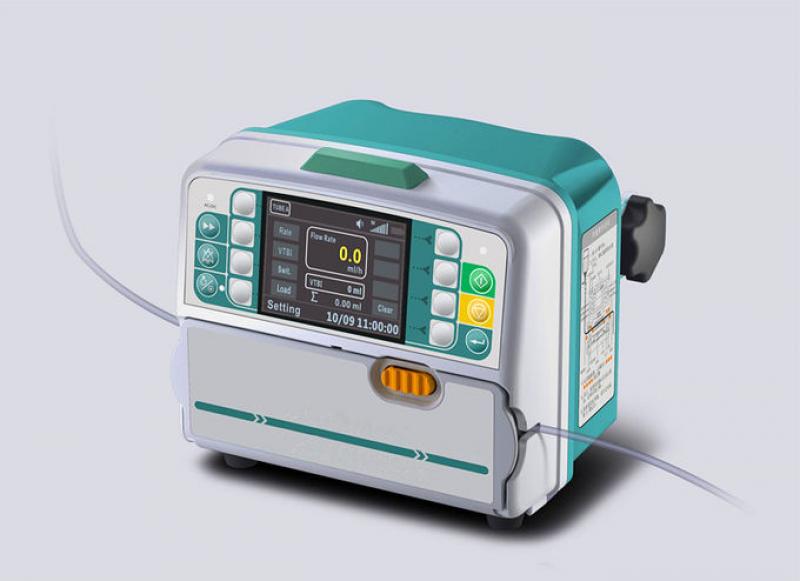In the world of modern healthcare, infusion pumps have emerged as a critical tool in delivering fluids, medications, and nutrients to patients with precision and accuracy. These devices, often seen in hospitals, clinics, and even in home healthcare settings, have revolutionized the way healthcare professionals administer therapies, enhancing patient safety and improving treatment outcomes.
According to Coherent Market Insights, The global Infusion Pumps Market was valued at US$ 8.87 Bn in 2022 and is forecast to reach a value of US$ 16.91 Bn by 2030 at a CAGR of 8.4% between 2023 and 2030.
Infusion pumps work by delivering fluids directly into a patient's bloodstream at controlled rates. This controlled delivery is vital, especially when administering medications or intravenous fluids that require precise dosing. By automating the process, infusion pumps minimize the risk of human error and ensure consistent and accurate administration of fluids.
One of the primary advantages of Infusion Pumps is their ability to provide personalized and tailored treatments. These devices can be programmed to deliver fluids at specific rates, durations, and intervals, allowing healthcare professionals to customize therapies according to each patient's unique needs.
Whether it's a continuous infusion of pain medication, a controlled administration of chemotherapy drugs, or the provision of essential nutrients to a patient unable to eat, infusion pumps offer the flexibility to optimize treatment regimens.
Infusion Pumps also incorporate safety features that further enhance patient well-being. These features include dose error reduction systems, air-in-line detection, occlusion alarms, and drug libraries. These mechanisms help prevent medication errors, detect potential issues such as air bubbles or blockages in the tubing, and ensure that only authorized medications and dosages are administered. Such safety measures minimize the risk of adverse events and promote patient safety.
Moreover, infusion pumps provide healthcare professionals with valuable monitoring capabilities. These devices allow for real-time tracking of infusion progress, recording of infusion data, and generation of comprehensive reports. By closely monitoring the infusion process, healthcare providers can quickly identify any deviations or potential complications, leading to timely interventions and improved patient outcomes.
Infusion pumps have also made significant advancements in terms of portability and patient convenience. Portable and ambulatory Infusion Pumps enable patients to receive treatments in the comfort of their own homes, eliminating the need for extended hospital stays. This not only enhances patient comfort but also reduces healthcare costs and improves overall healthcare resource allocation.
As technology continues to advance, infusion pumps are likely to become even more sophisticated. The integration of infusion pumps with electronic health records (EHRs), wireless connectivity for remote monitoring, and improved user interfaces are some areas of potential development. These advancements will further streamline the administration of infusion therapies, facilitate seamless communication between healthcare professionals, and enhance patient engagement in their own care.
In conclusion, Infusion Pumps have transformed the way fluids and medications are administered in healthcare. With their precision, personalized treatment options, safety features, monitoring capabilities, and portability, infusion pumps have become indispensable tools for healthcare professionals.
The global Digital Diabetes Management Market is segmented into North America, Latin America, Europe, Asia Pacific, Middle East, and Africa.
By ensuring accurate and controlled delivery of fluids, infusion pumps not only improve patient safety but also contribute to better treatment outcomes and overall quality of care. As technology continues to advance, the future of infusion pumps holds even more promising possibilities for revolutionizing healthcare delivery.
